
You don't have to see a doctor in order to clean and bandage your cuts. Unless there is a increased risk of infection, other wounds or a need for a tetanus shot, treatment at home is enough to enable healing.
Stopping the bleeding
15 minutes of applying direct pressure to the wound is all it takes to stop the bleeding in a mild case. This is also true for moderate cases. The serious cases, however, cannot be stopped in this way or slowed down. If you choose to bye a nonprescription product to treat smaller cuts, abrasions or lacerations, pay attention to the instructions and make sure you read the label carefully. When you stop the bleeding, check the wound again, to see if you still need a doctor.
Cleaning the wound
Whatever you do, do not clean the wound with hydrogen peroxide, Mercurochrome, iodine or alcohol. These substances can slow down the healing and damage tissue. Use cool water and mild dishwashing soap (Ivory for example) to wash the wound for 5 minutes. You can numb the area with nonprescription products to avoid pain. And again, do not forget to read the label.
Bandages
It is important to clean the wound well before applying a bandage to avoid infection. Most cuts do not need them, unless there is a need for protection from irritation and filth.
There is a wide range of bandages, so be careful when you choose. If you choose a cloth-like bandage, you need to apply a clean bandage when it gets soiled or wet. In case a scab gets stuck to it, use warm water to make it easier to separate. Nonstick dressing is desirable. Moisture enhancing and liquid skin bandages can be found with other first aid products. A bandage will not stick to the wound if you lightly apply an antibiotic ointment, Bacitracin or polymyxin B sulfate for example. They also help the healing process.
Be careful about skin sensitivity and stop using the product in case of a rash. Adhesive strip is used to hold the edges of the wound together, so do not apply it lengthwise. You can bye or make a butterfly bandage at home. Keep an eye out for signs of infection and go to doctors immediately if you notice them. Always read the label.
Staples, stitches and liquid stitches (skin adhesives)
You need to make a decision whether or not you need to see a doctor. If you do, follow his advice. He will give you instructions and inform you about the proper care of staples or stitches and the time of their removal. Liquid stitches are not removed, but the wound still needs to be checked.
Tetanus
A localized reaction to a tetanus shot is a possibility. The affected area can swell, get red and warm, with even a fever of 100F. Ice or cold pack can be helpful, but avoid direct contact to prevent tissue damage.
Injured area should be elevated.


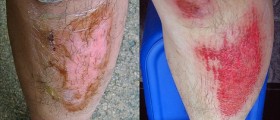
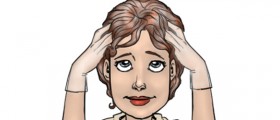

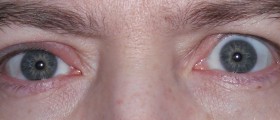
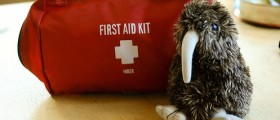


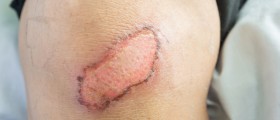




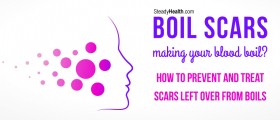

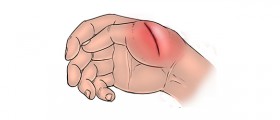
Your thoughts on this
Loading...